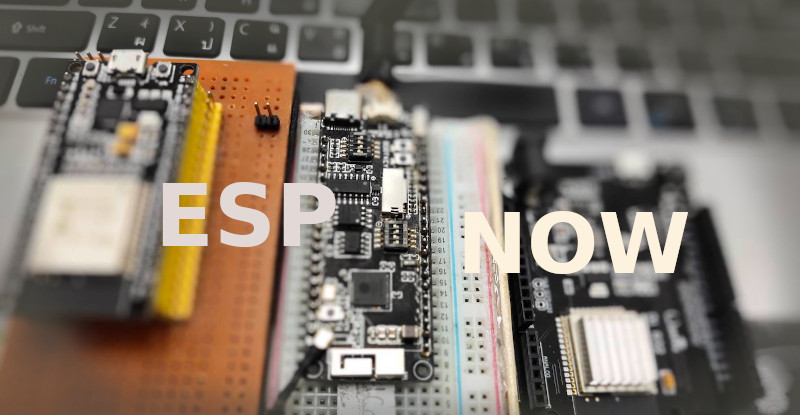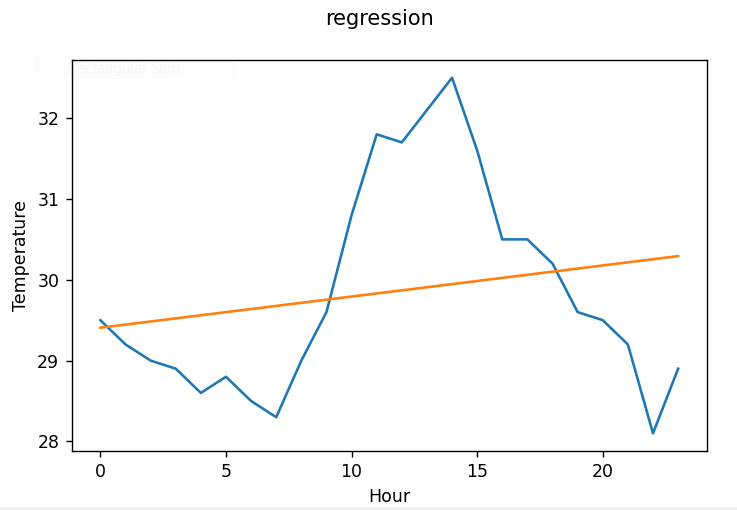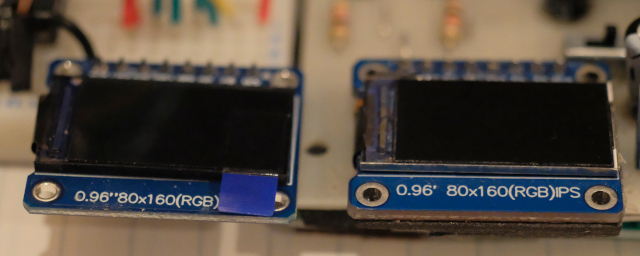[EN] The MaixPy’s image class Part 1. draw and find something.
This article discusses how to use image class with TFT-LCD display module of Sipeed M1W dock suit board via lcd class (MaixPy’s lcd class) as shown in Figure 1 provided with MaixPy to study the list of commands provided by image class and an example program using commands about creating a buffer object, clearing the value in the buffer, deleting the buffer, drawing straight lines, circles, squares, character display, saving data from the buffer to memory card (microSD Card), searching for straight lines in buffer (find_lines), finding circles in the buffer, find_circles and find squares (find_rects) in buffers with built-in functionality. It uses the Hough Transform principle to find the position and parameters of the searched object.









